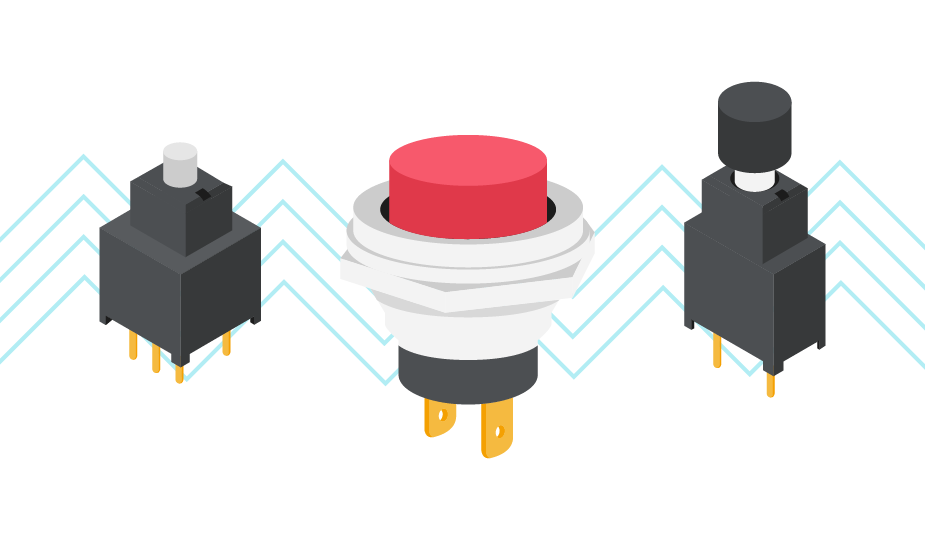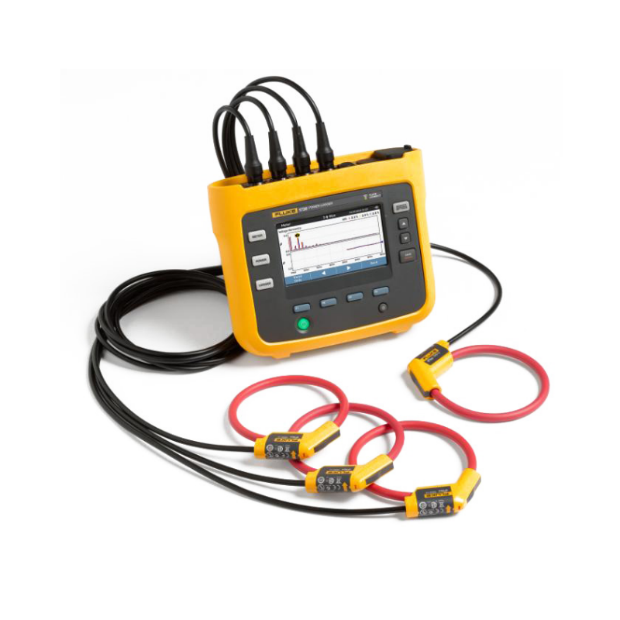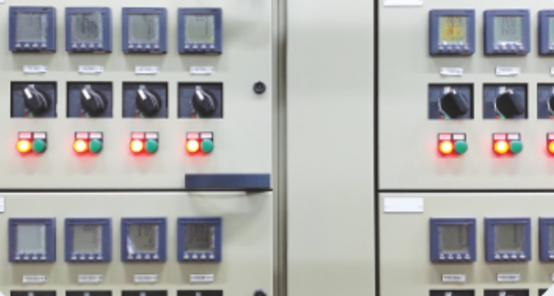Do you know the push button working principle? To help you know it clearly, this article will deeply explore the push button switch working principle from its structural composition.
Basic Structure of Push Button Switch

The main components of a push button switch include:
Button Head: The part that the user presses with their fingers. It is usually made of plastic or metal and has different shapes and colors to distinguish functions.
Switch Mechanism: The core component that controls the on-off state of a button switch, including the button’s bracket, lever, spring, etc. When the button is pressed, the switching mechanism causes the contacts to close or open.
Contacts: The electrical contacts inside the push button switch are responsible for controlling the on and off of the circuit. Generally divided into two types: Normally Closed (NC) and Normally Open (NO).
Terminal: A wire or harness used to connect the switch button to the circuit.
Spring: Used to control the pop-up and press movements of the button to ensure that the button can return to its original position after being released.
Casing: The external protective structure of the push button switch is usually made of wear-resistant, dust-proof, and waterproof materials to protect the safe operation of internal components.
Push Button Working Principle
The push button switch working principle is based on its internal mechanical and electrical structure. When the user presses the button head, the switch mechanism will close or open the contacts through components such as levers or connecting rods, thereby controlling the on-off state of the circuit.
Normally closed contact (NC): When the button is not pressed, the normally closed contact is closed and the circuit is energized; after the button is pressed, the normally closed contact is opened and the circuit is de-energized.
Normally open contact (NO): When the button is not pressed, the normally open contact is in an open state and the circuit is de-energized; after the button is pressed, the normally open contact is closed and the circuit is energized.
Circuit control: Control the opening and closing status of the circuit by pressing the button, thereby realizing the start, stop, or other control operations of electrical appliances, lamps, machinery equipment, etc.
Spring return: When the user releases the button head, the spring inside the button will return the contacts to their original state, that is, closed or open, completing a switching action.

Conclusion
A push-button switch is one of the basic components in the field of electronic control. Its working principle and structural design are of great significance to circuit control and operation. If you want to know more about the application of push button switches in various fields, please click here.






